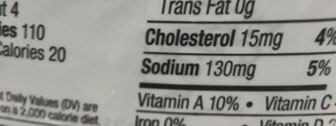
Salt and Kidney Disease
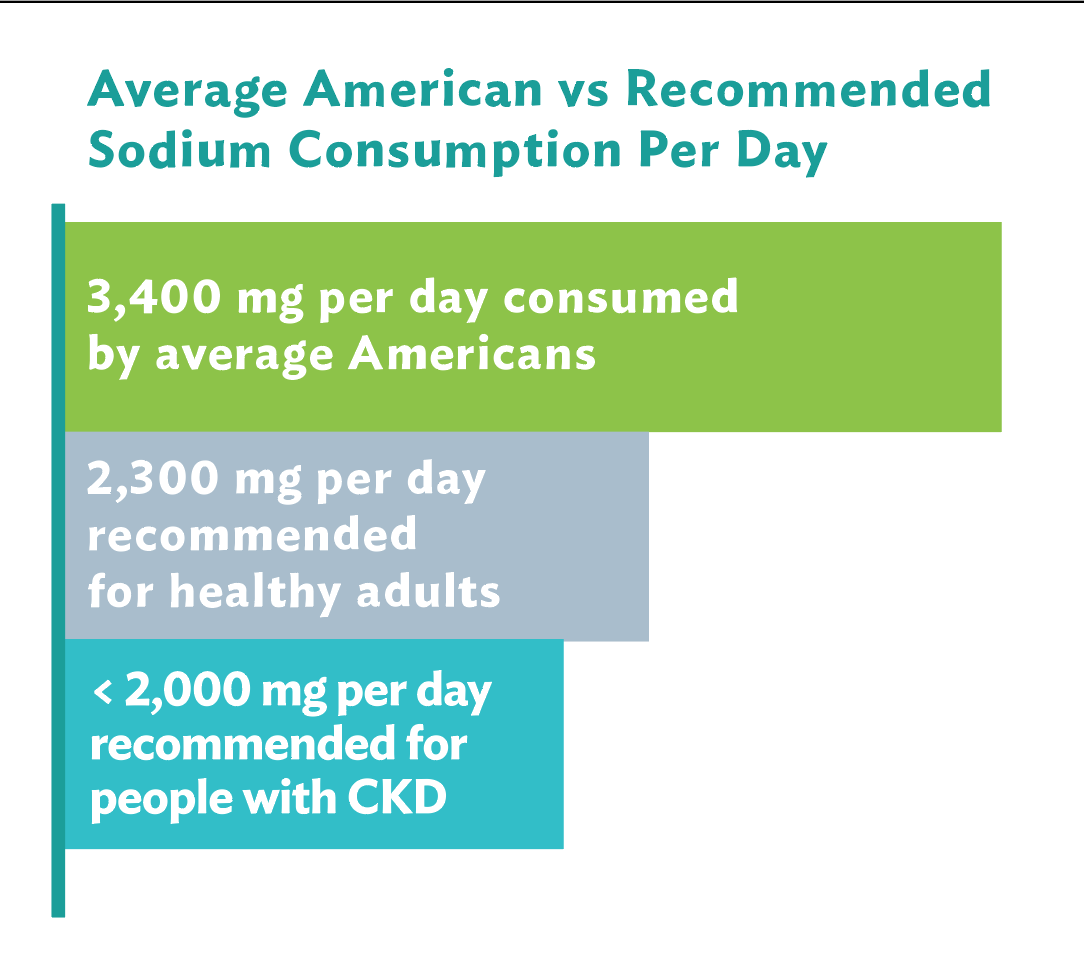
America: Land of the Super Saltshakers
The average American consumes 3,400 mg of sodium a day. The recommended daily allowance for people on dialysis or living with CKD varies from 750 mg - 2000 mg per day.
Limiting the amount of salt in your diet is important when you’re on dialysis. Learn simple ways to shake off the salt!
Tips to toss that salt
Here’s how to cut salt from your diet: Cook with herbs and spices for flavor instead of salt. Believe it or not, the less salt you use, the less you will crave. Some people don’t even miss it after a while—or they notice many prepared or restaurant dishes are too salty to enjoy.
Cook with herbs and spices for flavor instead of salt. Believe it or not, the less salt you use, the less you will crave. Some people don’t even miss it after a while—or they notice many prepared or restaurant dishes are too salty to enjoy. Look at food labels for sodium. Some foods may not taste salty, but still contain a lot of salt.
Look at food labels for sodium. Some foods may not taste salty, but still contain a lot of salt. Cut back on convenience foods and prepackaged or frozen meals. They’re salt central. Again, read the labels.
Cut back on convenience foods and prepackaged or frozen meals. They’re salt central. Again, read the labels.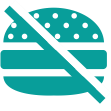 Try to avoid fast food, but if you decide to indulge on occasion, look at the nutritional information posted inside the restaurant or on their website.
Try to avoid fast food, but if you decide to indulge on occasion, look at the nutritional information posted inside the restaurant or on their website.
 Chili powder—tastes great in chili or taco meat flavoring. Also try it in rubs. View a recipe using this spice.
Chili powder—tastes great in chili or taco meat flavoring. Also try it in rubs. View a recipe using this spice. Smoked paprika—adds a smoky flavor to marinades, gives brown color to breadcrumb casserole toppings and is great for barbecue rubs, or seasoning blends for sautéing or searing proteins. View a recipe using this spice.
Smoked paprika—adds a smoky flavor to marinades, gives brown color to breadcrumb casserole toppings and is great for barbecue rubs, or seasoning blends for sautéing or searing proteins. View a recipe using this spice.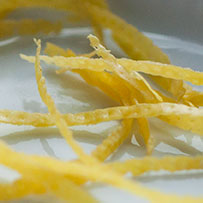 Lemon zest—adds a lively taste to breadcrumbs, breaded chicken tenders, fish sticks and kidney-friendly vegetables (eggplant, string beans). Lemon zest is also great in dressings, marinades and when added to dry spices for rubs. View a recipe using this spice.
Lemon zest—adds a lively taste to breadcrumbs, breaded chicken tenders, fish sticks and kidney-friendly vegetables (eggplant, string beans). Lemon zest is also great in dressings, marinades and when added to dry spices for rubs. View a recipe using this spice.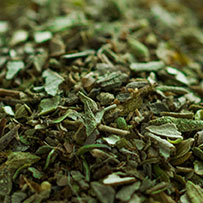 Dried oregano—enhances flavor of scampi sauces and combines well with lemon zest. Gives steamed vegetables and tossed salads a fresh, earthy taste and aroma. Add it to fajita seasonings with chili powder, cumin, cayenne and lemon zest. View a recipe using this spice.
Dried oregano—enhances flavor of scampi sauces and combines well with lemon zest. Gives steamed vegetables and tossed salads a fresh, earthy taste and aroma. Add it to fajita seasonings with chili powder, cumin, cayenne and lemon zest. View a recipe using this spice.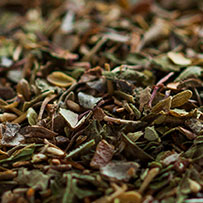 Italian seasoning*—a blend of thyme, oregano and basil is great for finishing off sauces such as a stroganoff or gravies. Works well on baked, grilled or sautéed proteins with lemon zest and a little oil. Add it to lemon zest, lemon juice and olive oil to make delicious dressings. View a recipe using this spice.
Italian seasoning*—a blend of thyme, oregano and basil is great for finishing off sauces such as a stroganoff or gravies. Works well on baked, grilled or sautéed proteins with lemon zest and a little oil. Add it to lemon zest, lemon juice and olive oil to make delicious dressings. View a recipe using this spice.
*Check to be sure you are using a salt-free product.
Salt alternatives (not substitutes!)
There are many salt alternatives, including flavorful spices and seasonings. However, “classic” salt substitutes simply switch out sodium for another mineral, potassium. Unfortunately, that’s also a problem when you have chronic kidney disease. It’s important to steer clear of salt substitutes made with potassium if your dietitian or doctor has recommended a low potassium diet.
Salty foods to watch out for


